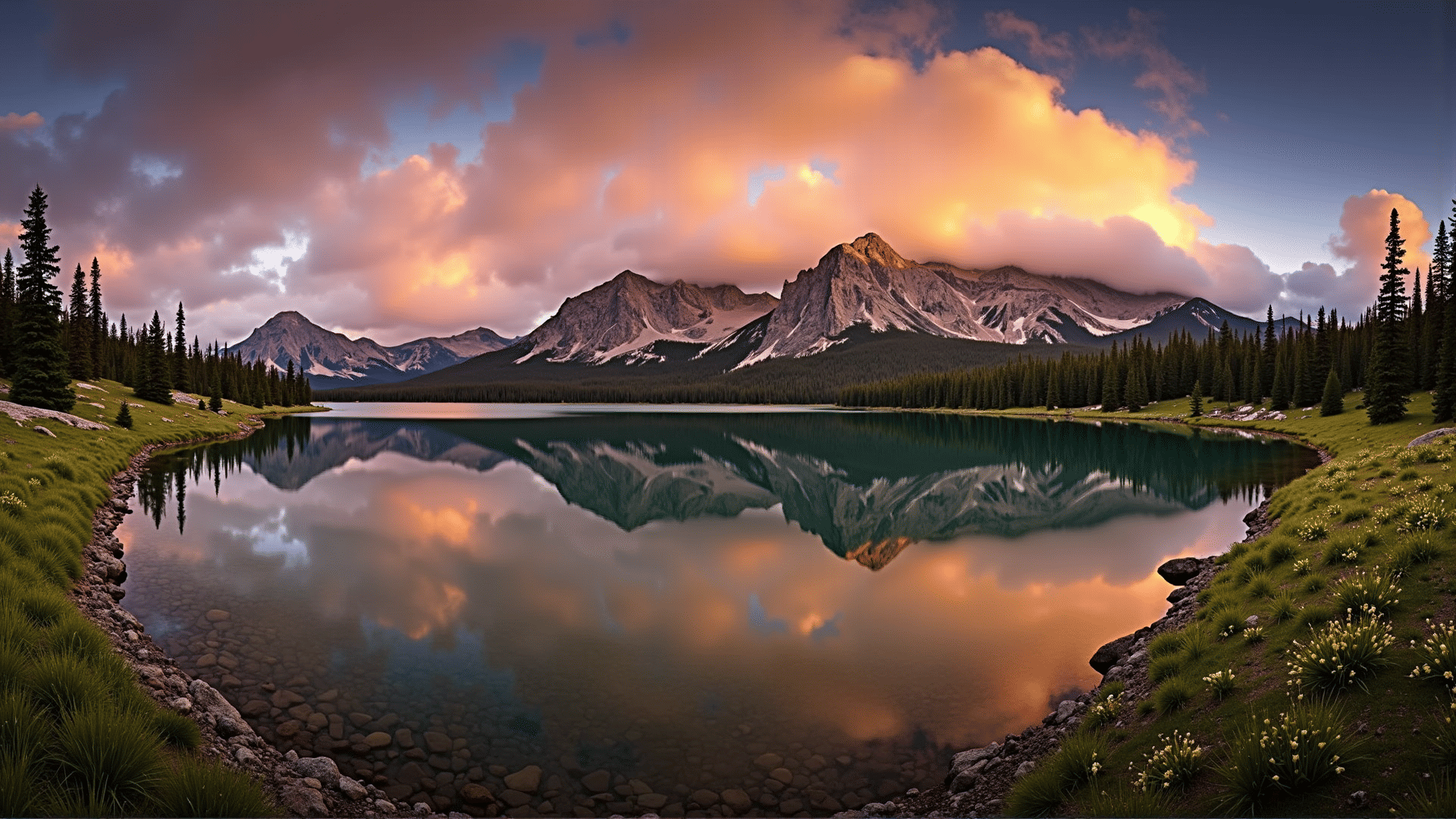Capturing the beauty and essence of landscapes is an endeavor that has enchanted photographers for centuries. It is through an understanding of composition, timing, and perspective that one can transform a standard view into a piece of art that evokes emotion and wonder.
Composition
One of the foundational elements in crafting a compelling landscape photograph is the composition. The placement of elements within your frame can greatly alter the perception and balance of the image. The rule of thirds is a prevalent guideline; by imagining your image divided into nine segments with two horizontal and two vertical lines, you can position the most important sections of your landscape along these lines or at their intersections to create a more engaging and dynamic photograph.
Another technique is leading lines, which guide the viewer's eye through the photograph. These can be paths, rivers, or roads that draw attention to a particular point of interest. By thoughtfully applying these compositional techniques, a photographer can not only capture but also enhance the narrative of a landscape.
Timing
Timing is another crucial aspect. The quality of light can dramatically change the mood of a photograph. The golden hour, during the first hour after sunrise and the last hour before sunset, is often favored for its warm, soft light that can add depth and warmth to a scene. However, overcast skies can also provide a unique opportunity to capture the subtleties of a landscape, offering diffused lighting that brings out colors and details.
Beyond light, capturing the landscape at different times of the day or even during different seasons can provide a varied palette of moods and tones. A snow-covered field provides a distinct aesthetic compared to when it’s brimming with wildflowers—a testament to the changing tapestry of nature.
Perspective
Exploring different perspectives is vital for adding uniqueness to your landscape photographs. Simply altering your viewpoint by getting closer to the ground or finding a higher vantage point can lead to a more impactful image. By experimenting with angles, you can emphasize different elements of the scene and highlight textures and dimensions that might otherwise go unnoticed.
The inclusion of foreground elements in your composition can also lend a sense of scale or depth to your photograph, often making the difference between an ordinary image and an extraordinary one. A rock, a tree, or even a puddle can serve as an anchor point, adding layers and interest to the overall composition.
Conclusion
Mastering the art of landscape photography is a blend of technical skill and personal expression. Through thoughtful composition, precise timing, and the exploration of unique perspectives, you can create images that not only document but also celebrate the beauty of the world around us. In every shot, there lies an opportunity to share stories, evoke emotions, and inspire awe—a true testament to the power of this visual art form.
